Alejandro Moreno-Rangel and Emmanuel Tsekleves, from ImaginationLancaster, Juan Manuel Vazquez and Marcelo Huenchuñir, directors from the Latin American Passivhaus Institute, delivered the first Ice Box Challenge in Chile. The experiments demonstrated how Passivhaus buildings are more effective to keep comfortable environments without using energy.
Latin American Passivhaus buildings are 3 times more effective compared to standard buildings
COP26 conference
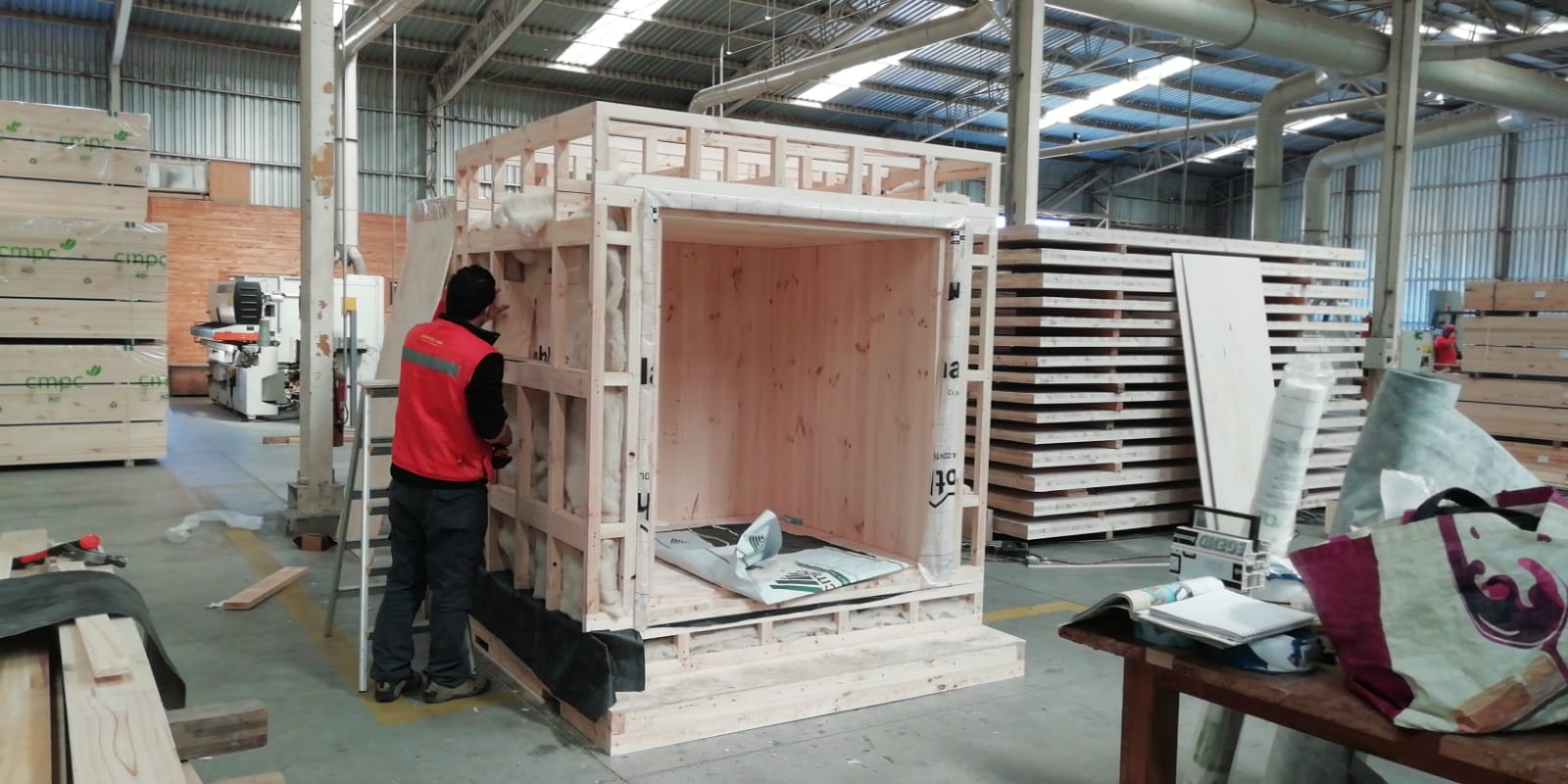
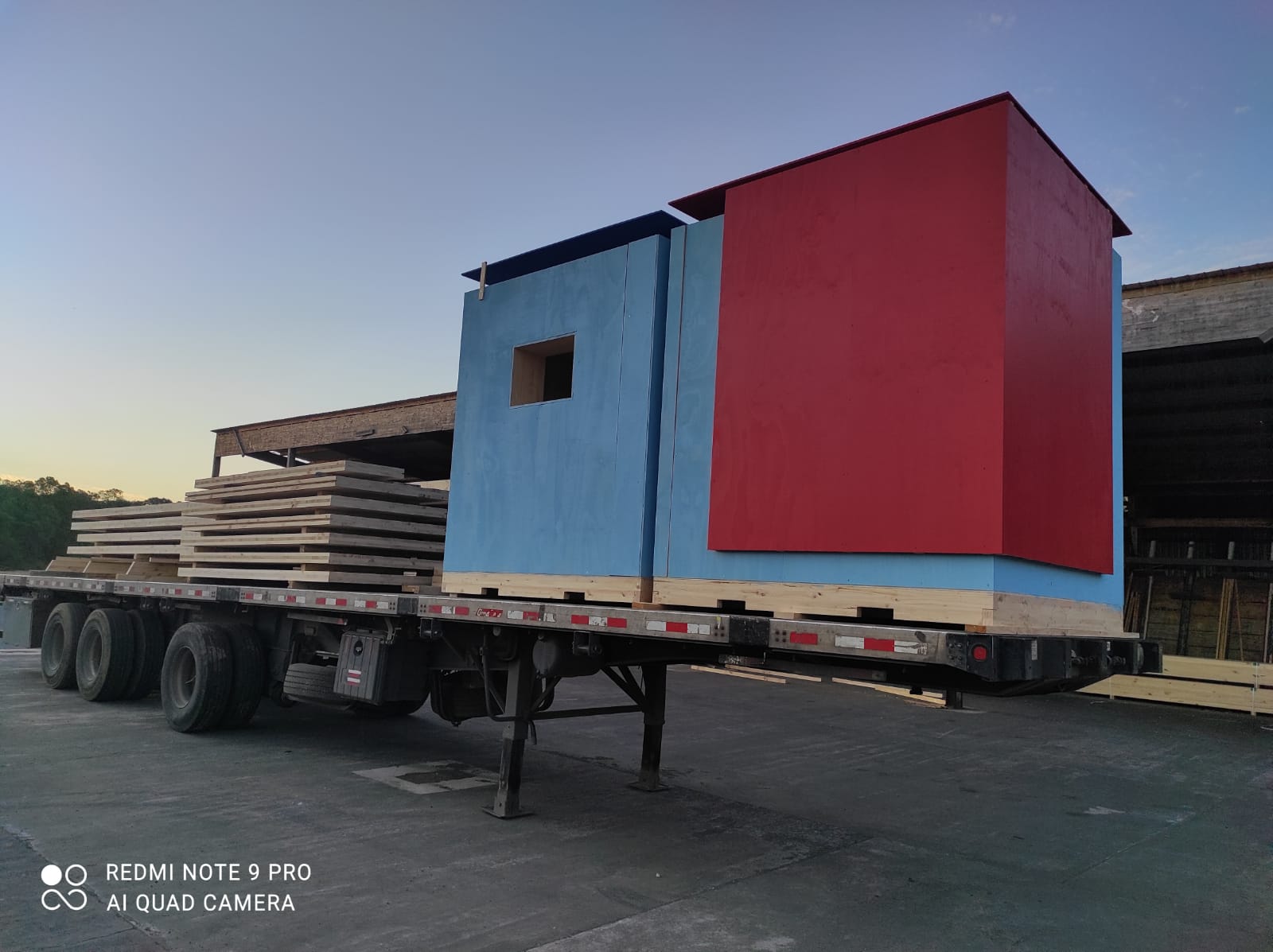
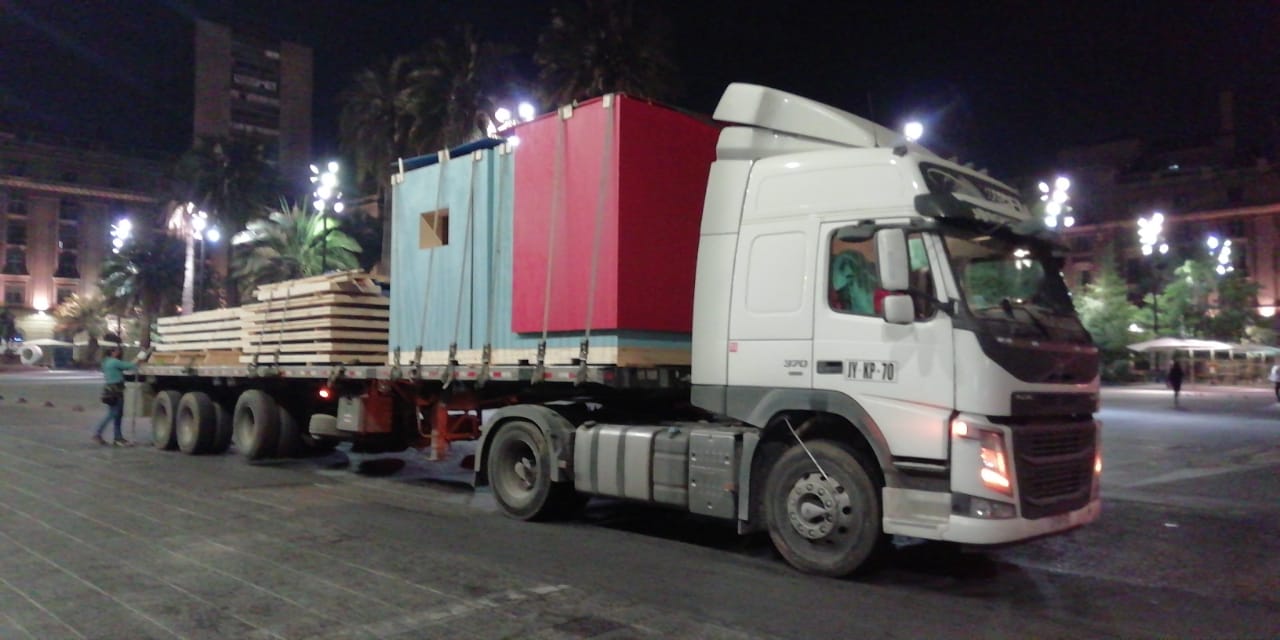
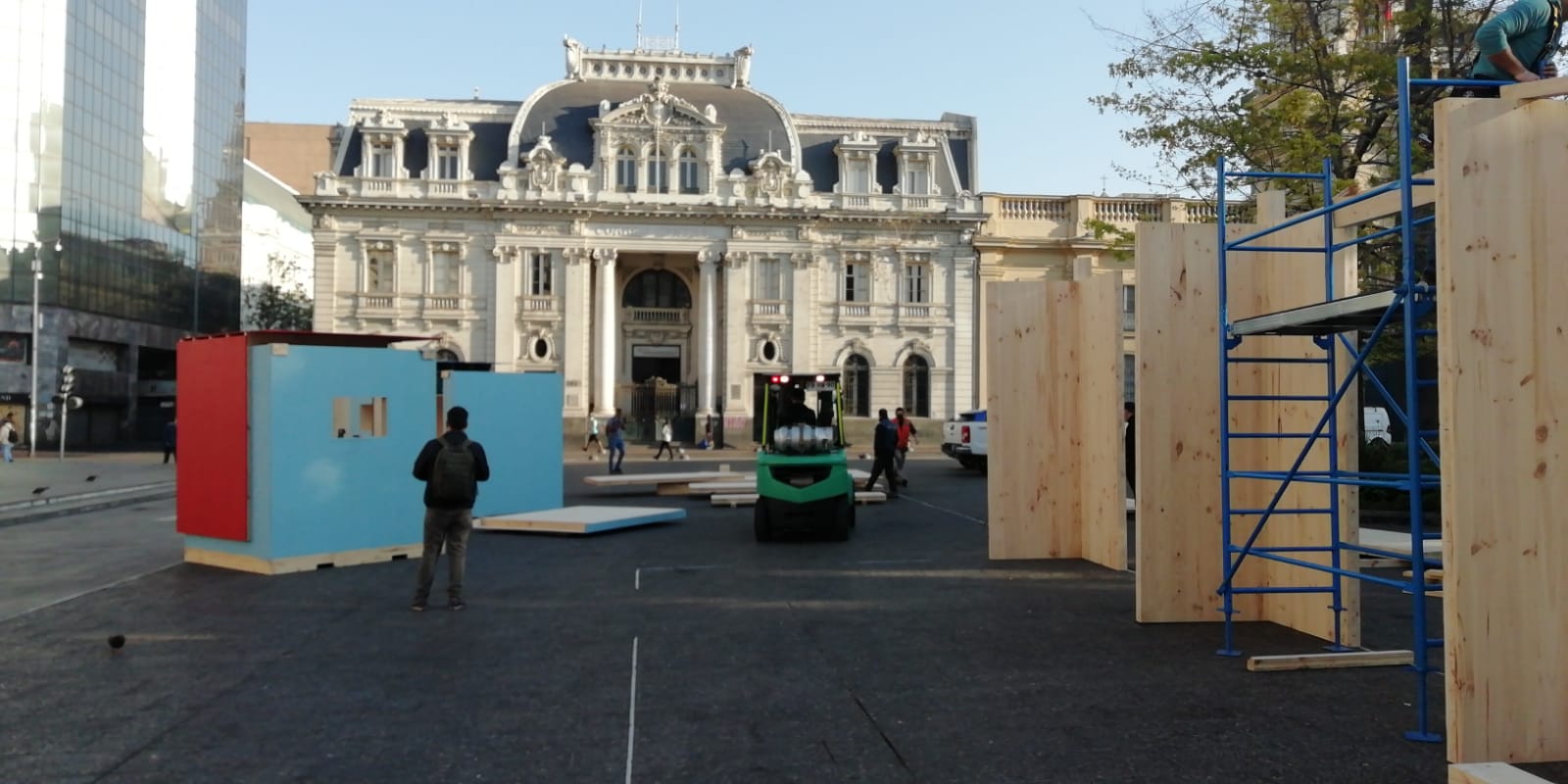
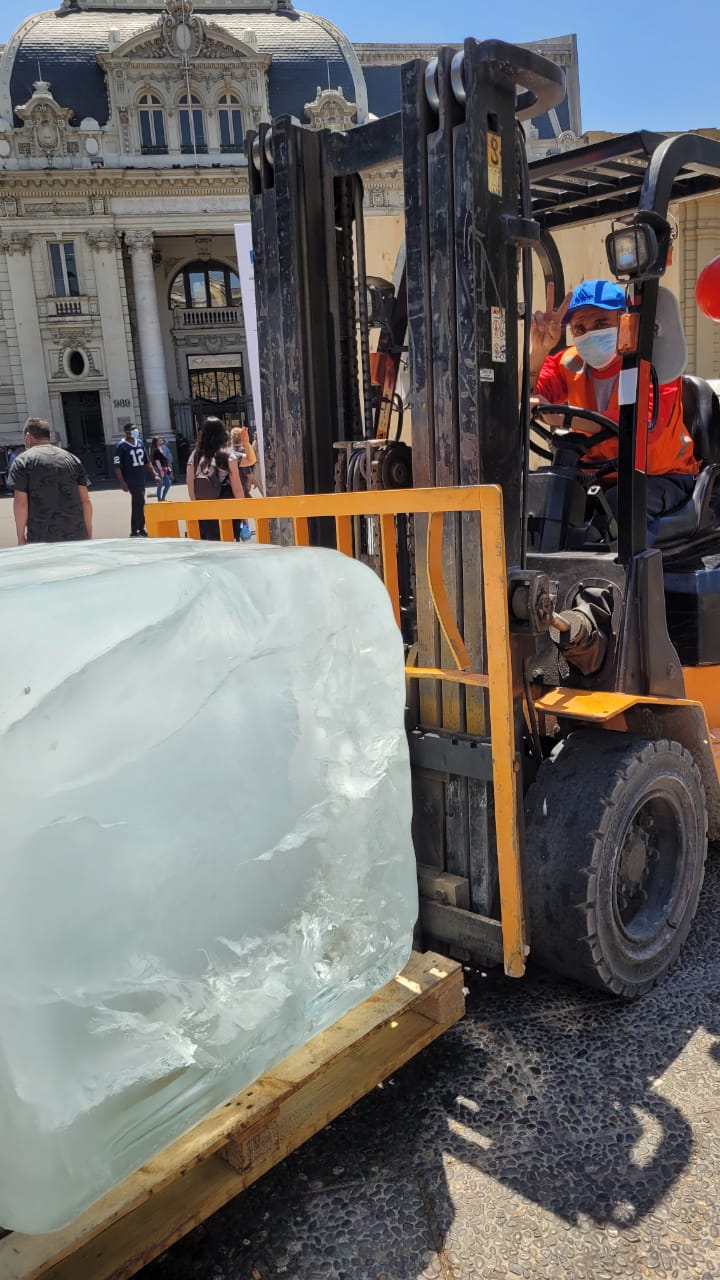
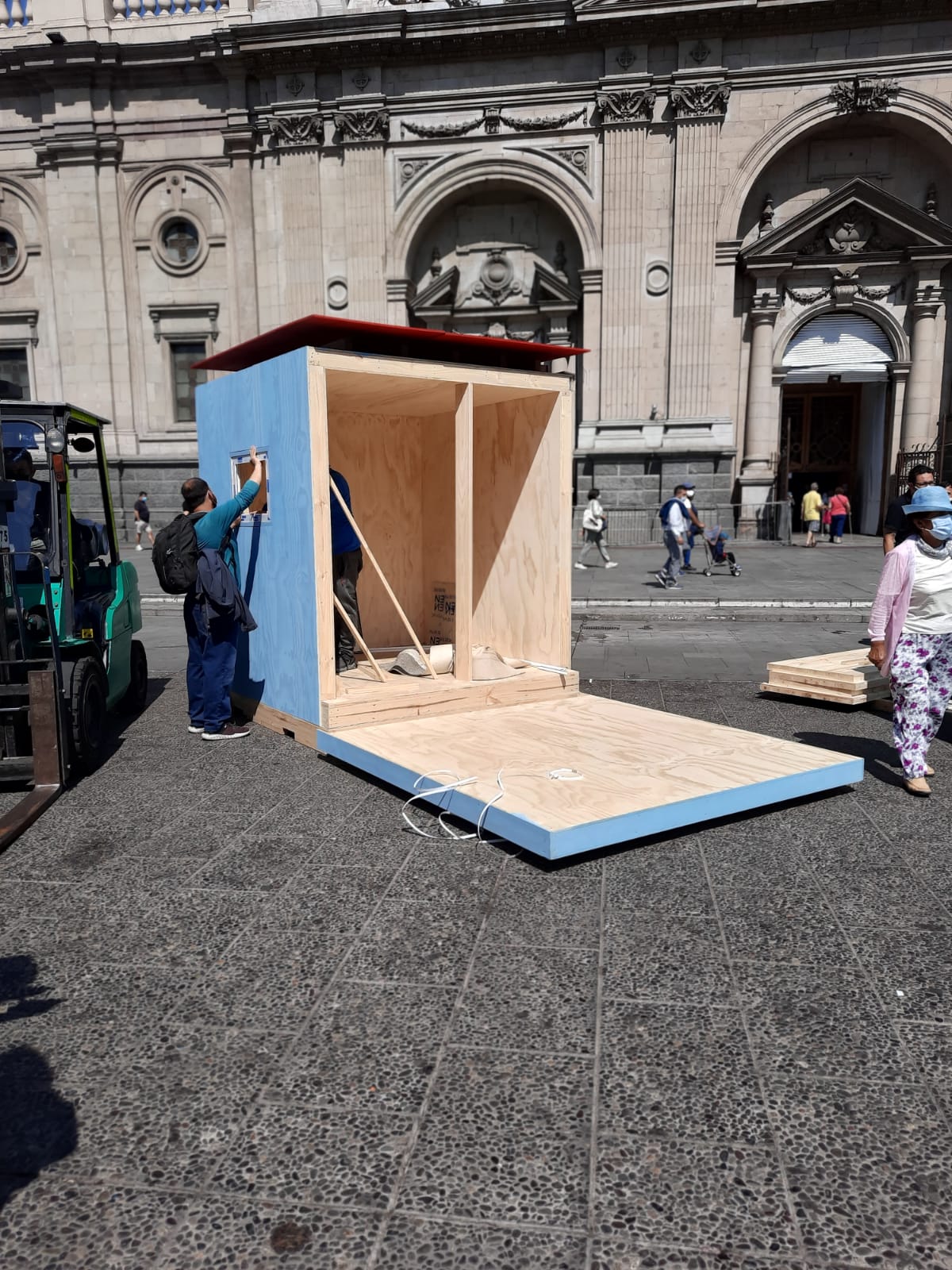
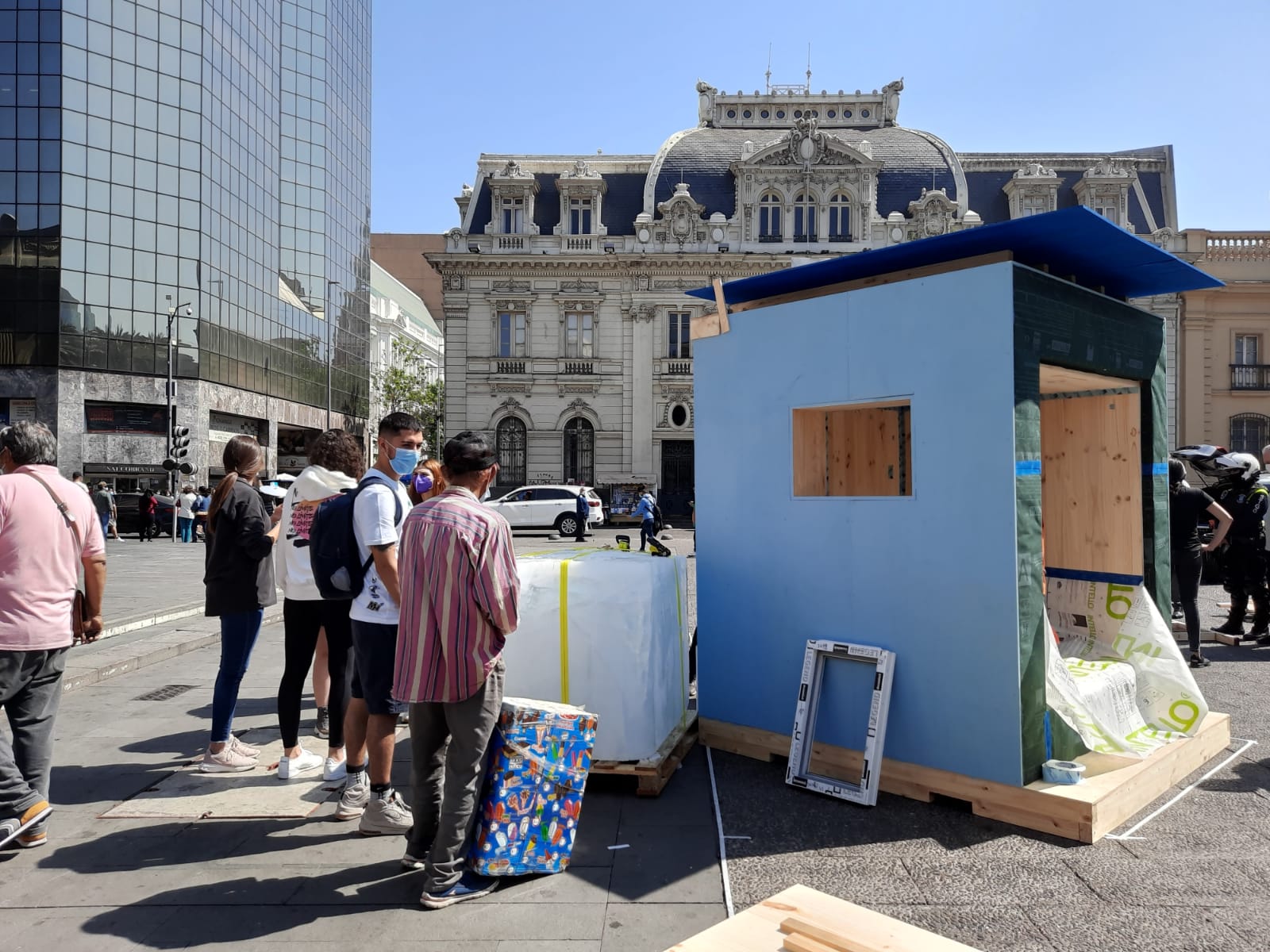
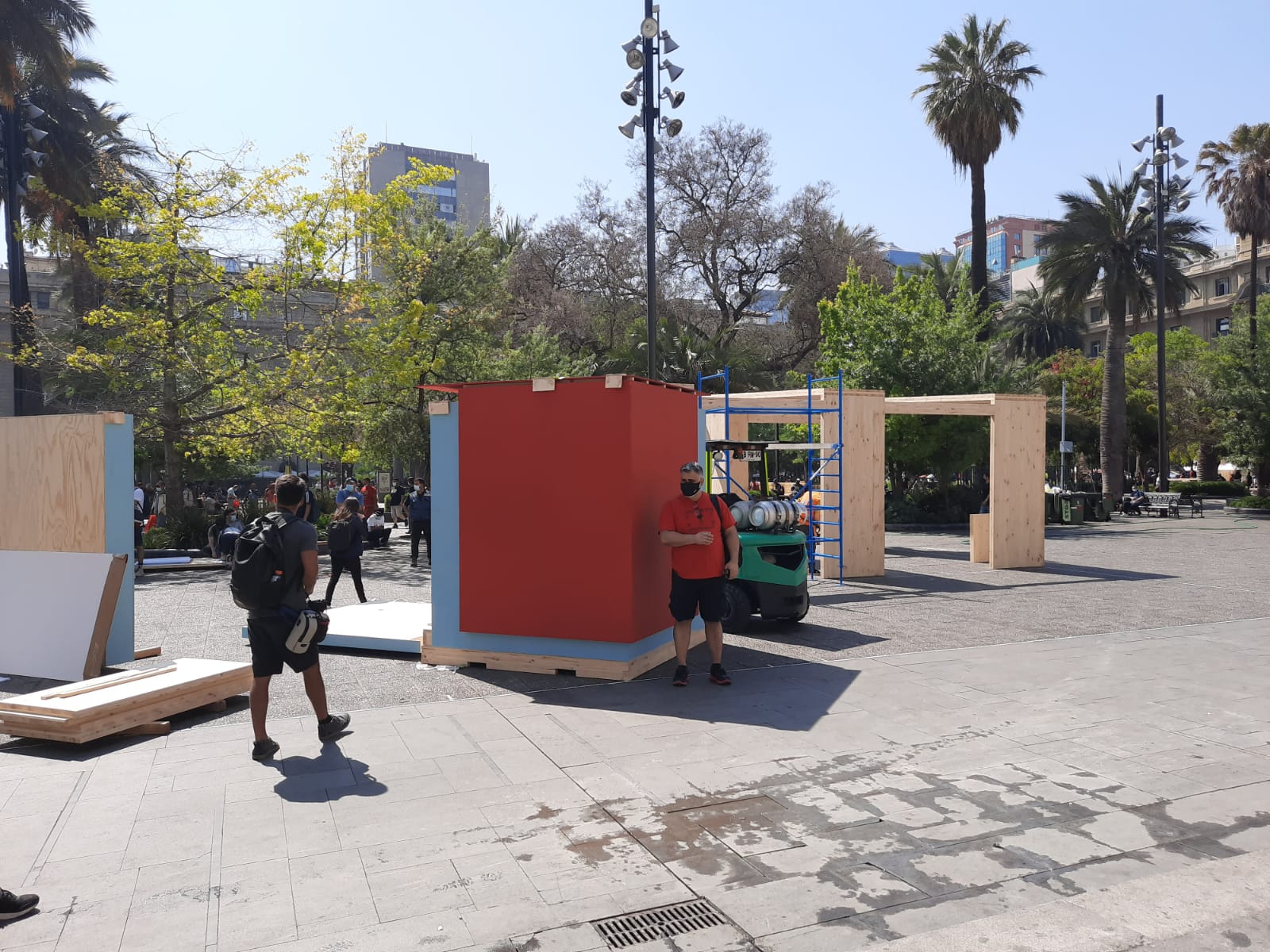

The Ice Box Challenge is a living lab experiment where two boxes are built one to the local building regulations and other to the Passivhaus standard. A cubic ton (approx. 1000 kg) of ice is then put inside of these boxes and left outdoors for two weeks. At the end both boxes are open and the amount of ice left inside demonstrates the performance from both construction standards. The results of the Ice Box Challenge in Chile were astonishing. The remining ice, 645 kg, in the Passivhaus was more than half of the starting ice block, while the one representing the Chilean regulations was just over a quarter with 230kg.
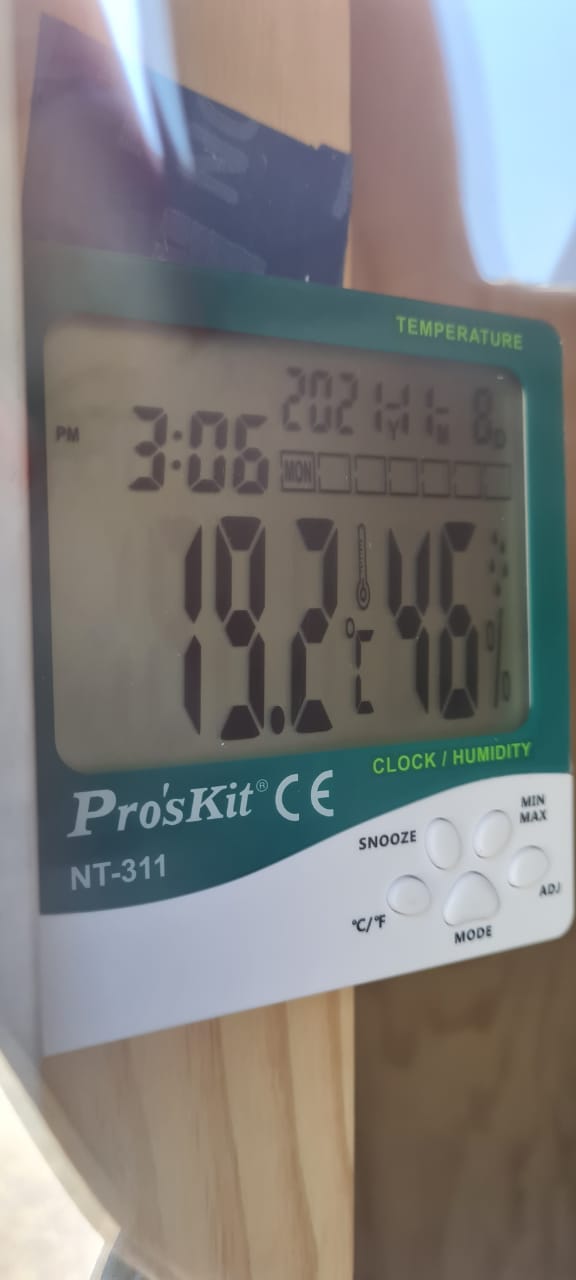
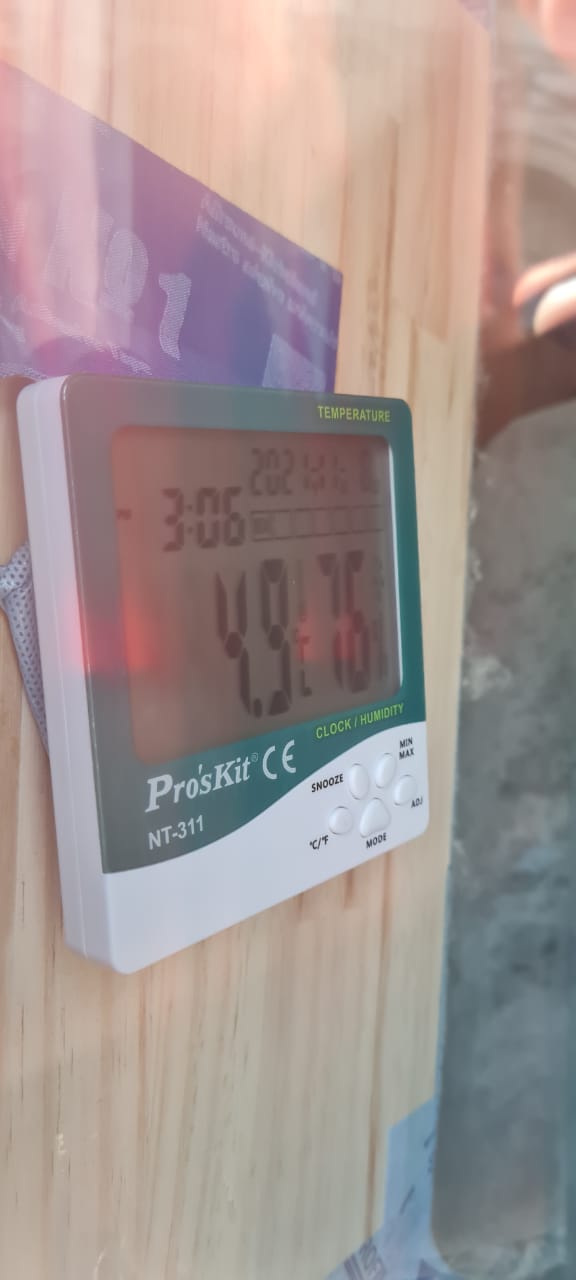
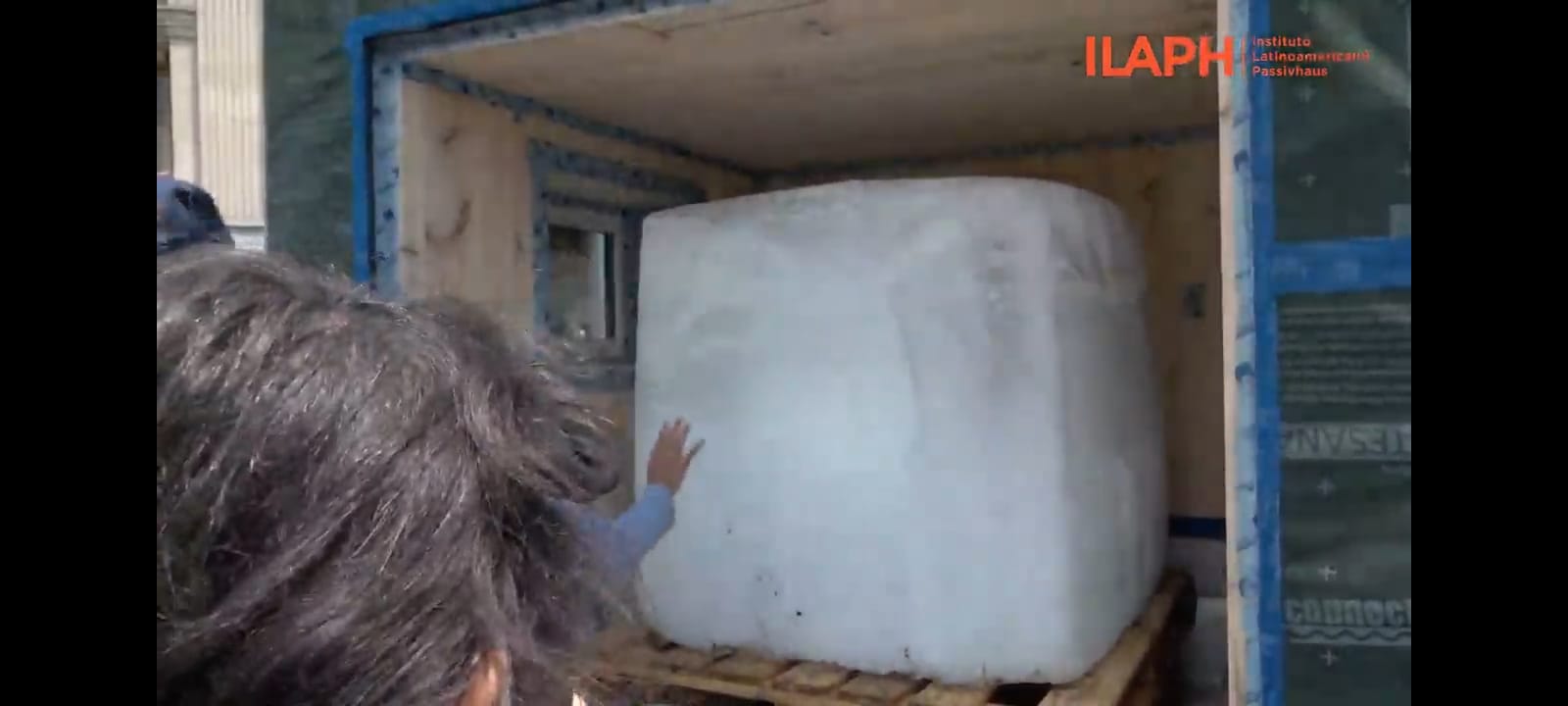
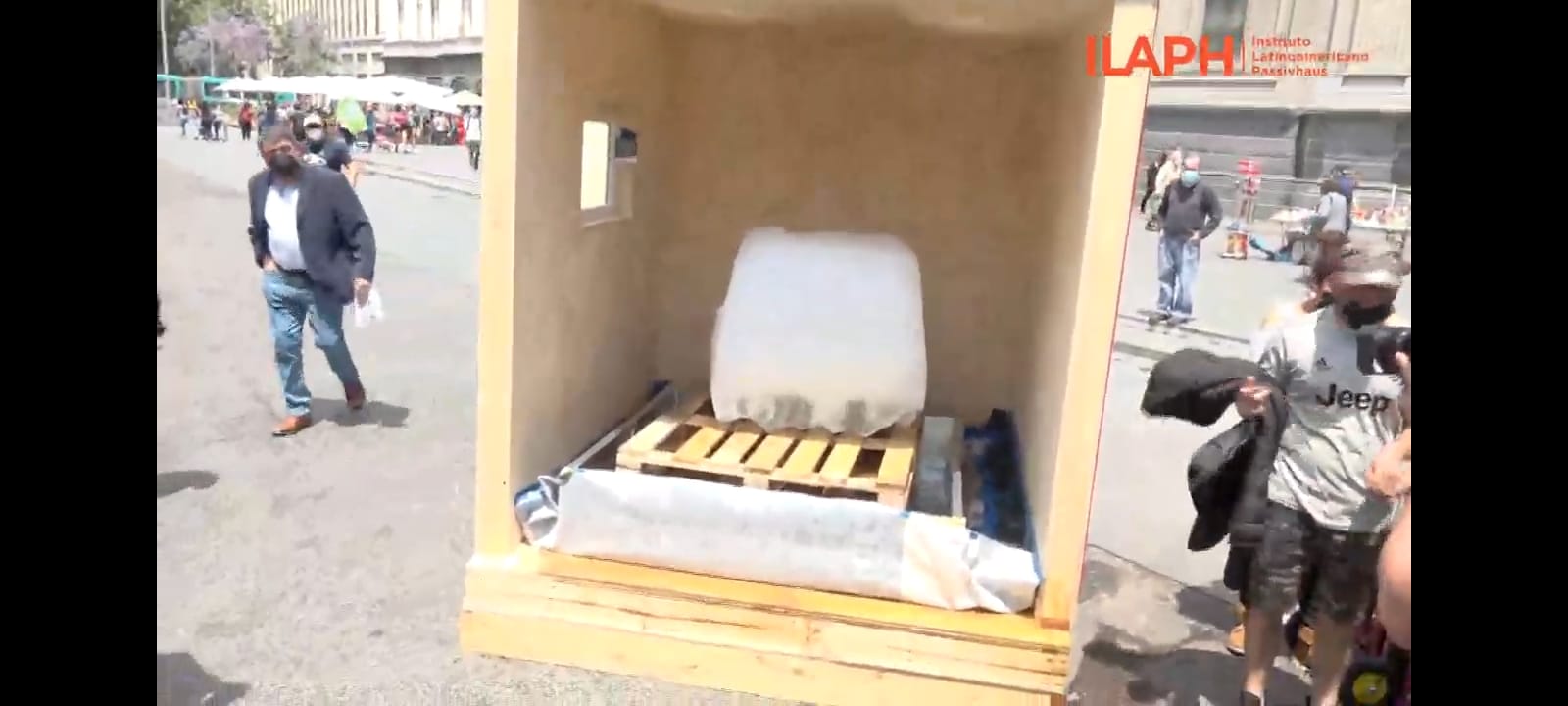
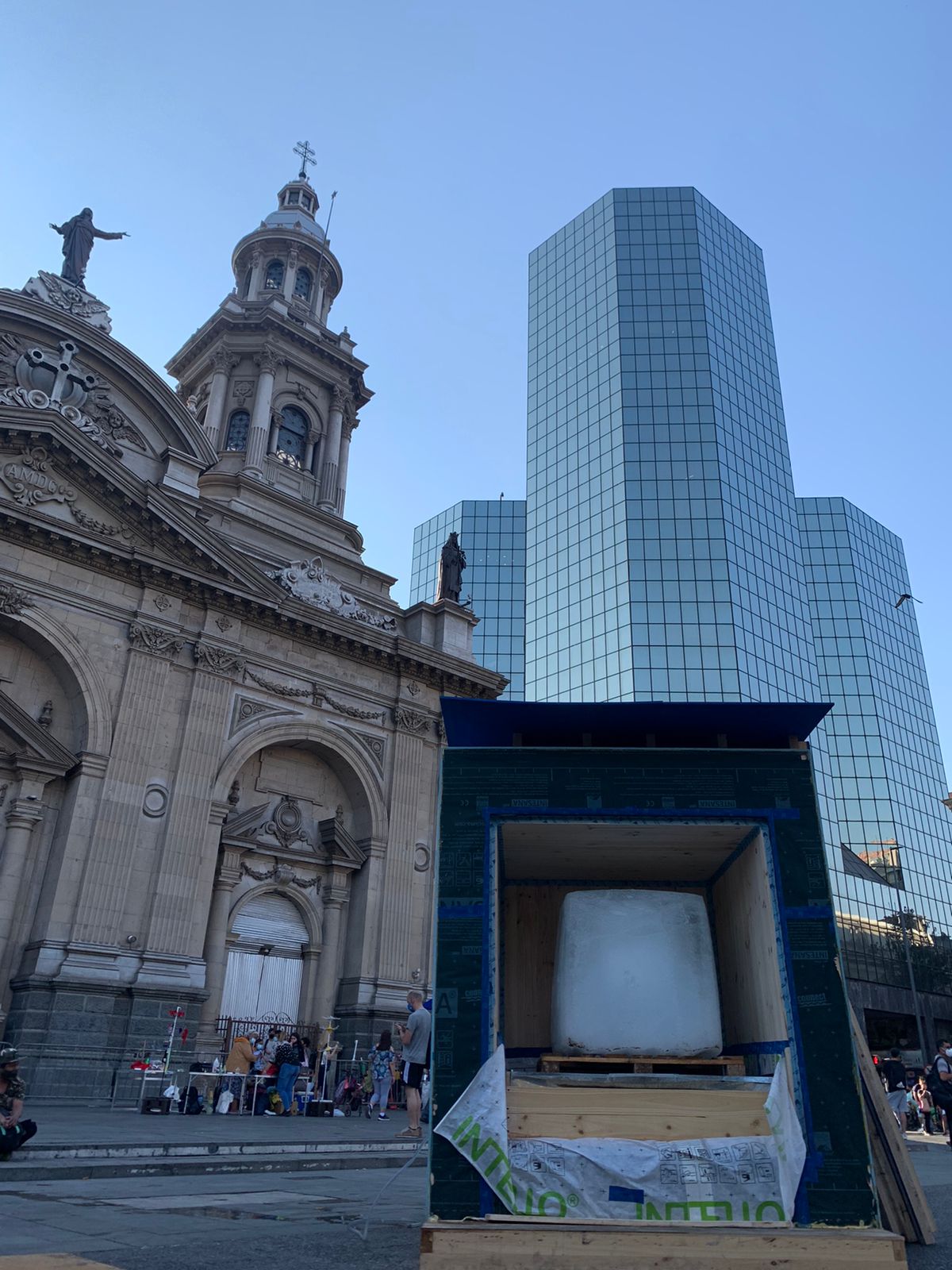
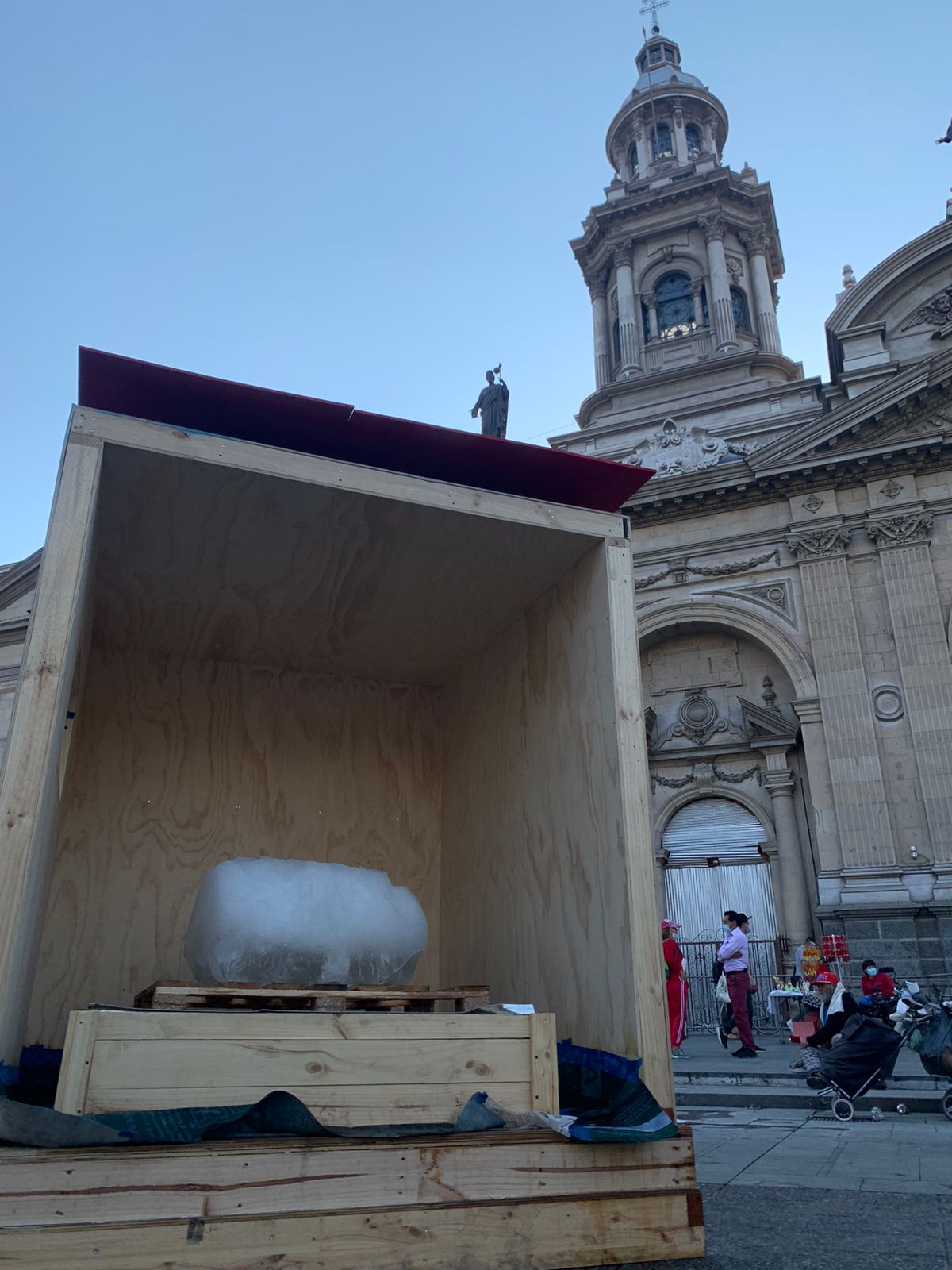
Alejandro, Juan Manuel and Marcelo presented the results of this experiment at the COP26 in Glasgow during the built environment day (11th of November 2021). They were also joined by Giorgia Tzar, associations and communications manager at the Passive House Institute. The conference was also streamed directly to Chile where the results of the Ice Box Challenge were presented on live, and the conference streamed in the main square in Santiago de Chile.

